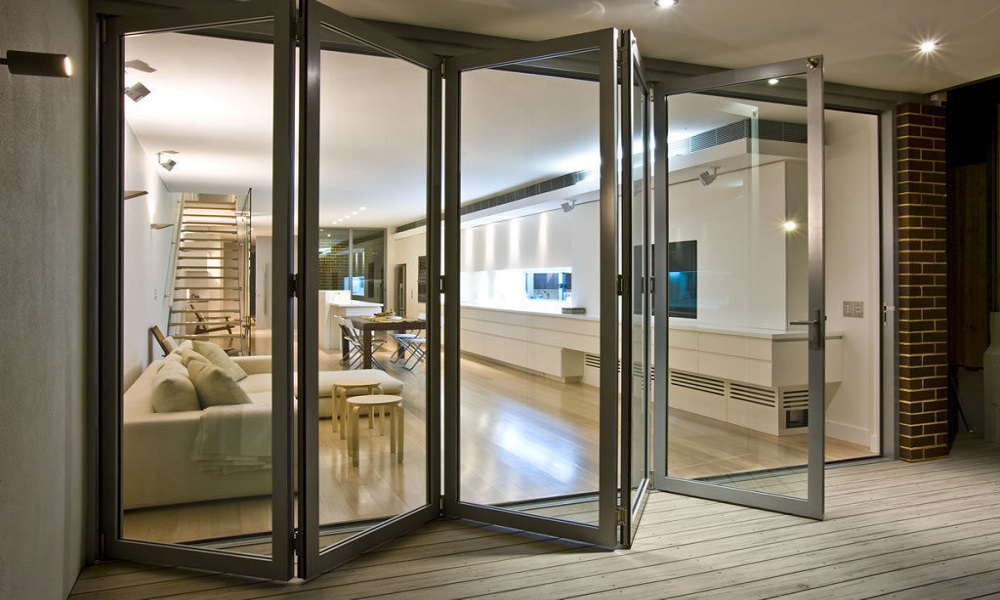All Categories
Featured
Table of Contents
Which Type Of Double Glazed Window Frame Is Right For You? in Mindarie Perth
Laminated glass is often used in areas in the home most susceptible to injury from human effect such as bathrooms, doors, around staircases and in locations near to the floor (it meets the requirements of 'security glass' that is mandated for usage in these areas by Australian Standard AS 1288 Glass in structures).
Toughened glass has actually been 'tempered' by being reheated and quickly cooled again. This process makes it much stronger than basic glass it can withstand greater effect loads before breaking. It also makes it much safer due to the fact that, when it does shatter, it burglarizes lots of little cubic pieces instead of dangerous shards.
The Best Double Glazing Companies In Canberra in Hillarys Western Australia
Nevertheless, toughened glass has no thermal or acoustic advantages over other glass of the same toning or thickness. Secondary glazing is where single-glazed windows are retrofitted with a transparent acrylic or glass sheet connected to the within the frame or openable sash with a secondary frame or with magnetic strips.


Secondary glazing will not perform too thermally as a made IGU, since it is impossible to absolutely seal the border, but it can provide good sound control. Window films are a thin polymer movie containing a soaking up dye or reflective metal layer, with an adhesive support. They stick to your glazing to alter its colour or make it reflective.
Techniques For Double Glazing Windows in Floreat Perth
Applied to existing glass, some window movies can halve the total SHGC of the window by taking in and/or reflecting solar radiation. This can be particularly useful in hotter environments where cooling is the main concern, or on east and west elevations straight exposed to long periods of sunshine. Window movies might also lower visible light transmittance.

For this reason, it is typically best to utilize a recognized installer of window movie. Frames have a significant impact on the thermal performance of windows and doors, because energy can be acquired and lost through the frame, as well as through the glass. Different kinds of frame will allow various levels of heat gain and loss, so careful option of frame is essential for efficient passive style.
What Are Double Glazed Windows? in Rockingham Western Australia
However, aluminium is likewise an excellent conductor of heat and will reduce the insulating worth of a glazing system, unless specifically crafted to reduce this. A 'thermally broken' frame is made up of 2 aluminium sections connected by a structural insulator (usually a low-conductivity structural polymer). This 'breaks' the thermal connection through the aluminium and lowers the heat streaming through the frame.
They can be costly, but prices are decreasing as they end up being more common. Timber frames are a good natural insulator that can suit some house styles. Lumber frames must be made from species that have naturally high durability or be dealt with to prevent decay and deformation. Check that the wood is sourced from a sustainably managed forest.
The Ultimate Guide To Double Glazed Windows in Parkwood Western Australia
(weather removing) is set up.
u, PVC windows and doors have outstanding thermal performance Image: Ben Wrigley (Light Home Architecture and Science) Composite frames use aluminium profiles on the outer sections with either a lumber or u, PVC inner area. These integrate the low upkeep and durability of aluminium with much enhanced thermal efficiency.
Table of Contents
Latest Posts
Benefits Of Double Glazing Low-e in Applecross Western Australia
Double Glazing Windows - Prices And Installers Near You in East Fremantle Perth
Triple Glazing & Triple Glazed Windows - Hampshire in Innaloo WA
More
Latest Posts
Benefits Of Double Glazing Low-e in Applecross Western Australia
Double Glazing Windows - Prices And Installers Near You in East Fremantle Perth
Triple Glazing & Triple Glazed Windows - Hampshire in Innaloo WA